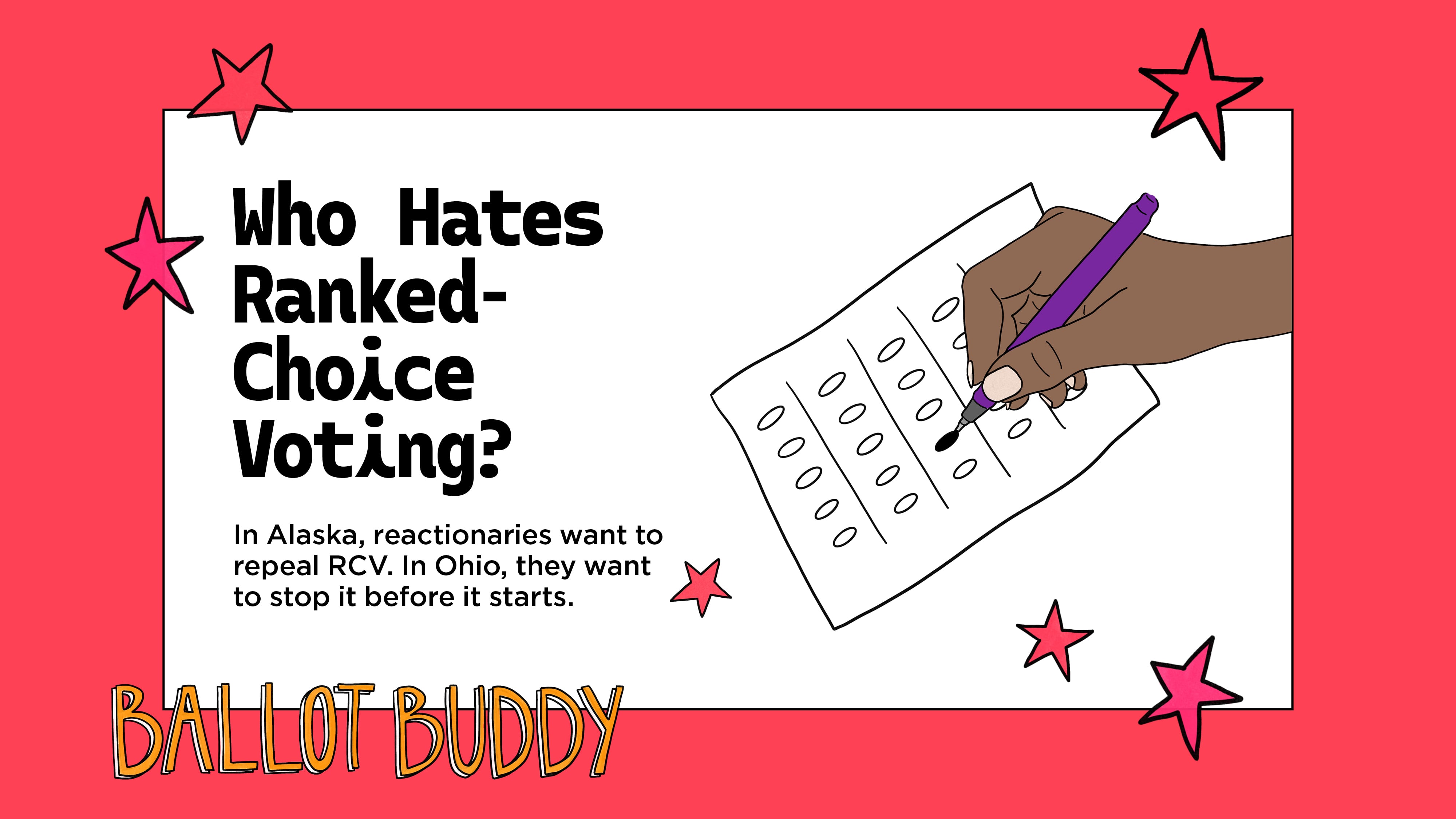Last week, we took a look at how ranked-choice voting has been rolled out elsewhere, seeking valuable lessons as Portland prepares to give it a try.
This week, we talked to some skeptics. There are plenty, as it turns out.
To recap, with ranked-choice voting for mayor and city auditor where there is one winner, voters choose more than one candidate in order of preference. If your top candidate doesn’t win, and no other candidate has 50% plus 1 vote, your second choice gets your vote.
Portland added another wrinkle: Each of the four new City Council districts will elect three councilors. Voters will rank a slew of candidates in their respective districts, and those votes will cascade through the voting software until three of them have enough votes to win.
RCV is new and complex, and new, complex things tend to scare people. Some worry it will elect candidates who don’t share their values. This week, we entered the minds of the skeptics. Buckle up as we explore why some folks are convinced RCV is voodoo designed to confuse older people and elect liberals.
Alaska
The Last Frontier, as it’s known, started using RCV in 2022, becoming the second state after Maine to use it for state and federal elections.
It yielded an unexpected win for Democrat Mary Peltola, a Yup’ik Alaska Native. She defeated two Republicans, former Gov. Sarah Palin and small-business owner Nick Begich, to win a seat in the U.S. House of Representatives.
The result appears to have angered some Alaskans, including Phillip Izon, a former Wells Fargo banker-turned-political activist. He’s a director at Alaskans for Honest Elections, a group that’s trying to repeal RCV through a ballot measure this year.
Some of Izon’s concerns are pretty technical. Among the simpler ones: The 2022 ballot had a regular pick-one-candidate primary on the front and Peltola’s RCV race on the back. Many voters only picked one Republican candidate in the Peltola race, Izon says. Had they chosen two, their second choice would have been considered and Peltola may not have won.
Here’s why: After the count of first choices, Peltola led with about 40%, not enough to win, and Begich, the third-place finisher, was eliminated. Had more voters put a second choice on their Begich ballots, Palin might have defeated Peltola, Izon says, but they didn’t because of the confusing instructions. After counting the second choices that voters did make, Peltola finished with 51.47%, enough to win the seat.
“The reality is, there are some downfalls,” Izon says. “And if people knew about those, they may not make those mistakes, right?”
Izon says Alaska’s efforts to educate voters about RCV fell short. Carol Beecher, director of the Alaska Division of Elections, says the state did plenty, spending $3 million on public service announcements, social media posts, and mailers.
Alaskans for Better Elections, a pro-RCV group, studied the election and said 95% of Alaskans reported receiving instructions and that 85% called RCV “simple.”
Izon isn’t satisfied. He wants the whole thing scrapped. In lieu of that, he has advice for Portland voters: “Don’t leave blanks. At least rank two people, if not three.” (Indeed, that’s the point of RCV.)
Ohio
RCV haters in the Buckeye State are taking a different approach. They’re pushing a bill through the state legislature that would withhold state funding from municipalities that use ranked-choice voting, saying it would confuse older voters, especially.
“I think in an era that we’re in now, we want more transparency in voting, not less,” says Lori Roman, chairman and CEO of American Constitutional Rights Union, an anti-RCV group supporting Ohio Senate Bill 137.
Roman is getting a jump on things. No city or town in Ohio uses RCV, but because Ohio is a “home rule” state, any of them could anytime.
The same thing that worries Izon in Alaska freaks out Roman in Ohio. She says she worries that voters would choose just one candidate, and if that candidate didn’t get enough votes in the first round, a candidate with different values might win.
“In essence, you’re suppressing these people’s votes because the chances of them feeling they can adequately rank eight to 10 candidates is almost zero,” Roman says.
Jason Snead, co-chair of Stop RCV, a national group, has a different, common critique of RCV: The tabulation process that determines the winner is a “black box” that is a “breeding ground for public skepticism of the results of the elections.”
Denise Riley, executive director of Rank the Vote Ohio, says Senate Bill 137 is an overreach by the state. RCV, she says, is the solution to so many things, including voter apathy. So often, people feel forced to vote against a terrible candidate instead of for a great candidate. They often choose a milquetoast because milquetoast can win.
“If you knew your democracy only had six months left to live, what would you be doing about it?” Riley asks. Her answer is RCV because politicians “would have to be more policy forward rather than ‘vote for me because I’m your least worst option.’”
 This article is part of Willamette Week’s Ballot Buddy, our special 2024 election coverage. Read more Ballot Buddy here.
This article is part of Willamette Week’s Ballot Buddy, our special 2024 election coverage. Read more Ballot Buddy here.

